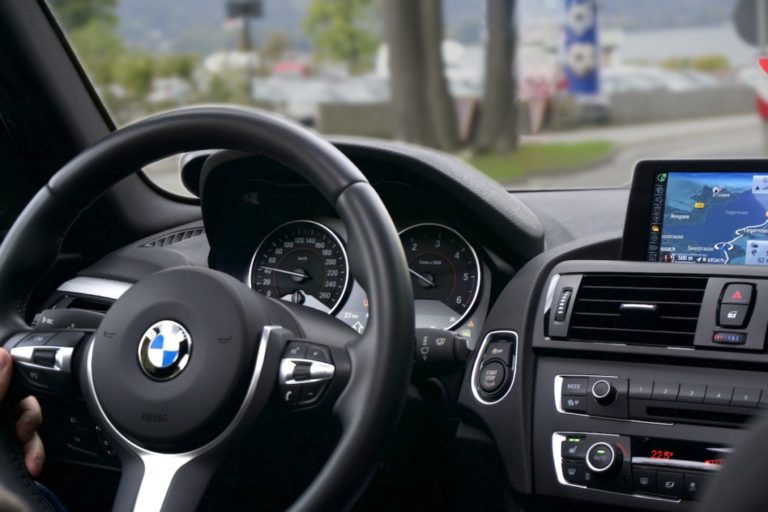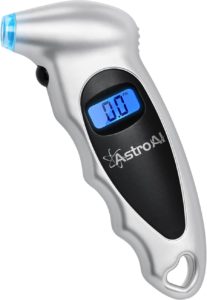What is a TPMS?
A tire pressure monitoring system (TPMS) is a crucial safety feature in modern vehicles, designed to continuously monitor tire pressure levels. By ensuring optimal tire pressure, a TPMS helps maintain vehicle performance, fuel efficiency, and tire longevity, alerting drivers if the pressure in any tire falls below the recommended threshold.
How to Reset BMW X1 Tire Pressure Light
VERSIONS
2009-2015
On the blinker switch, push the SCROLL button up or down until you see the TPMS light above the odometer. (looks like an exclamation point surrounded by two horse shoes!)
Press the BC BUTTON once and then press it again and HOLD it.
You will see a checkbox with a check in it, release the BC BUTTON.
2016 – PRESENT
Select the MENU button under the shifter
Scroll over and select MY VEHICLE
Select VEHICLE STATUS
Select TIRE/TYRE SETTINGS
Select PERFORM RESET
How Does the BMW X1 Tire Pressure Sensor System Work?
The BMW X1 uses a direct TPMS (dTPMS) called the Tire Pressure Monitor. (TPM)
This system uses individual sensors in each wheel to directly measure tire pressure.
The sensors wirelessly transmit tire pressure data to the vehicle’s onboard computer.
If the pressure in any tire deviates from the recommended range, the system triggers a warning light on the dashboard.
Drivers can then address the issue by checking and adjusting tire pressure as needed.
After resolving tire pressure discrepancies or performing tire-related maintenance, it’s essential to reset the TPMS to ensure proper monitoring using the steps we showed above.
When to Reset BMW X1 TPMS Light?
After adjusting tire pressure to the recommended level
After a tire rotation, wheel alignment, or tire balance
After replacing one or more tires
After installing new wheels or rims. Remember to swap old sensors into new wheels.
If the TPMS warning light stays on after inflating a tire to the correct pressure
After a seasonal tire swap (switching between summer and winter tires)
After any tire or wheel-related service or repair
In case of a low battery or after replacing the vehicle’s battery.
After jump starting a dead battery
If a TPMS sensor is replaced or repaired
What are Common Causes for Tire Pressure Lights to Turn On?
Low tire pressure in one or more tires
A flat tire or slow leak due to puncture or damage to the tire
A crack in one or more rim or wheels. (VERY common in BMW vehicles)
Significant changes in ambient temperature greatly affects tire pressure and is the number one cause of setting off TPMS warning lights!
Mismatched tire sizes or types on the vehicle
Uneven tire wear or irregular tread patterns
Vehicle overload, excess weight in the vehicle
Incorrect tire inflation during maintenance or service
Tire pressure inconsistency after tire rotation or alignment without resetting the TPMS
Malfunctioning or damaged TPMS sensors
TPMS software or calibration issues
A low or depleted vehicle battery affecting the TPMS functionality
What Happens When Tires in Your BMW X1 are Underinflated?
Underinflated tires can turn your BMW X1 into a fuel-guzzling, sluggish beast that’s far from the nimble road warrior it’s designed to be. Your BMW ride will be rougher, tire wear will accelerate unevenly, and the risk of a blowout will loom ominously. Moreover, handling and braking will suffer making it harder to navigate tight corners and stop swiftly when necessary. In short, underinflated tires take all the fun out of driving your BMW X1 and put you and your passengers at risk. Keep your tires properly inflated and let your luxury crossover unleash its true potential!
Please note that this blog post contains Amazon affiliate links. This means that if you make a purchase through one of these links, the author of the blog may earn a small commission at no extra cost to you. The author only recommends products that they personally use and believe in. Thank you for supporting this blog.



